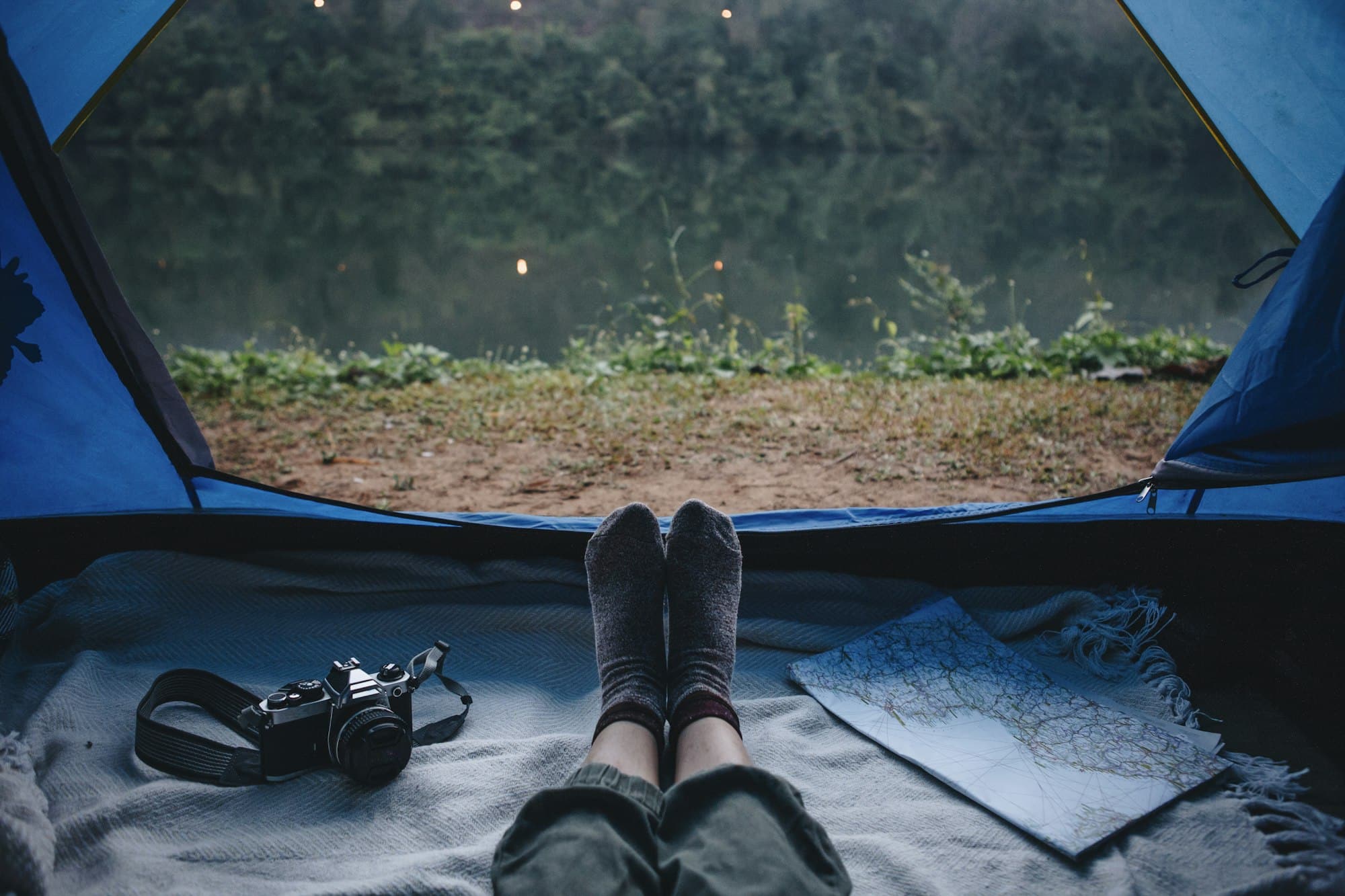Spring in the United Kingdom is a wonderful time to embrace the great outdoors. As the days grow longer and temperatures gently rise, the natural beauty of the landscape comes alive with blooming flowers and vibrant greenery. If you’re planning a camping trip this spring, whether it’s in March, April, or June, there are essential things to consider ensuring your adventure is both enjoyable and memorable. In this guide, we’ll cover everything from choosing the best tent to packing your camping gear, with helpful tips on wild camping and car camping.
Choosing the Right Tent for Your Needs
When embarking on a camping trip, selecting the best tent is crucial. The right shelter will keep you protected from the elements and provide a comfortable place to rest after a day of exploration. Spring in the UK can be unpredictable, with weather ranging from warm and sunny to rainy and chilly, so your tent should be able to handle a variety of conditions.
Also to read : How to find and book campsites that offer horse riding opportunities in the UK?
Start by considering the size of the tent. Think about how many people will be sharing it and whether you need extra space for gear. A two-person tent might be cozy, but a three or four-person tent offers more room to move around and store your belongings. For those who prefer a bit more comfort, consider a tent with a separate living area.
Next, waterproofing is essential. Look for tents with a high hydrostatic head rating (HH) – ideally, 2000mm or higher. This rating indicates how well the material can withstand water pressure. Additionally, ensure the tent has a durable rainfly and a bathtub floor to keep the interior dry.
Also to discover : How to find campsites that offer guided tours of local flora and fauna in the UK?
Ventilation is another key factor. Tents with mesh panels and windows help reduce condensation and keep the air circulating, which is particularly important in the damp UK climate.
Lastly, consider the ease of setup. A tent that’s quick and straightforward to pitch will save you time and frustration, especially if you arrive at your campsite late in the day. Many modern tents are designed with color-coded poles and simple instructions to make this process as smooth as possible.
Packing the Essentials: Sleeping Bags, Gear, and More
Once you have your tent sorted, it’s time to focus on the other essentials you’ll need for your camping trip. Packing wisely can make a significant difference in your comfort and overall experience.
Sleeping Bags
Your choice of sleeping bag is paramount. Spring nights can still be quite cold, so opt for a sleeping bag rated for lower temperatures, typically around -5 to 5 degrees Celsius. Down-filled sleeping bags are lightweight and compress well, making them ideal for backpackers, while synthetic bags are more affordable and perform better in damp conditions.
Sleeping Pads
A good night’s sleep begins with a comfortable sleeping pad. These not only provide cushioning but also insulate you from the cold ground. Self-inflating pads and closed-cell foam pads are popular options.
Cooking Gear
When it comes to cooking, simplicity is key. A portable camping stove is a must-have, along with a set of lightweight pots and pans. Don’t forget to pack utensils, a cutting board, and a sharp knife. Remember to bring biodegradable soap for cleaning up and a means to dispose of waste responsibly.
Clothing
Layering is vital in spring. Pack moisture-wicking base layers, insulating mid-layers, and a waterproof outer layer. Don’t forget a warm hat, gloves, and extra socks. Footwear should be sturdy and waterproof, as trails can be muddy.
Other Essentials
Your gear list should also include a first-aid kit, a map and compass (or GPS device), a headlamp, extra batteries, and a multi-tool. Water purification tablets or a filter are crucial for treating water from natural sources. Always carry a reliable backpack to comfortably transport all your gear.
Wild Camping vs. Car Camping
There are different styles of camping, each offering unique experiences and requiring different preparations. Understanding the distinction between wild camping and car camping can help you decide which suits your adventure.
Wild Camping
Wild camping involves pitching your tent in a remote location away from official campsites. This type of camping provides a sense of adventure and solitude, allowing you to connect more deeply with nature. However, it comes with specific responsibilities.
In the UK, wild camping is generally not permitted without landowner permission, except in certain areas of Scotland. If you choose to wild camp, practice Leave No Trace principles to minimize your impact on the environment. This includes packing out all rubbish, camping at least 100 meters from water sources, and not lighting fires unless absolutely necessary.
Wild camping demands a higher level of self-sufficiency. You’ll need to carry all your water, food, and gear, and be prepared for the lack of amenities such as toilets and showers. Despite these challenges, the rewards of wild camping include breathtaking scenery and unparalleled peace.
Car Camping
Car camping is a more accessible option for many. It involves driving to a designated campsite where you can park your car near your tent. This form of camping is ideal for families, beginners, or those who prefer more comfort.
Designated campsites often offer facilities such as toilets, showers, and even electricity. This makes packing easier, as you can bring heavier and bulkier items that you wouldn’t carry on a backpacking trip. Camp chairs, a portable grill, and even a cooler for fresh food and drinks can enhance your camping experience.
When car camping, it’s still essential to respect the environment and other campers. Keep noise levels down, dispose of waste properly, and follow campsite rules.
Seasonal Considerations: Timing Your Trip
Spring in the UK spans from March to June, and the seasons within spring can vary significantly. Understanding the characteristics of each month can help you plan better.
March to April
Early spring, from March to April, is often cooler with occasional frosty mornings. The countryside begins to wake from its winter slumber, with daffodils and bluebells blooming. Be prepared for rain and possibly even late snow in higher elevations. This period is less crowded, offering a more peaceful experience.
May to June
Late spring, from May to June, sees warmer days and longer daylight hours. This is an excellent time for camping, as the weather is typically milder, and the countryside is lush and green. However, with the improved weather, campsites can become busier, so it may be wise to book popular spots in advance.
Preparing adequately for a camping trip in the UK during spring is all about understanding the unique challenges and opportunities the season presents. By choosing the right tent, packing essential gear like a warm sleeping bag and comfortable sleeping pad, and deciding whether wild camping or car camping suits your style, you can ensure a memorable and enjoyable trip.
Remember, spring in the UK is a season of change, with weather that can shift rapidly from warm sunshine to chilly rain. Embrace this variability by being well-prepared, and you’ll be rewarded with the beauty and tranquility of the great outdoors. Whether you venture out in March’s early blooms or June’s lush greenery, your spring camping adventure in the United Kingdom will be an experience to cherish.
















